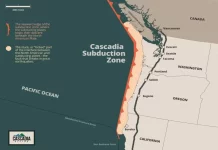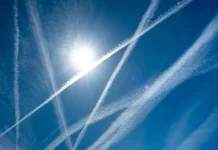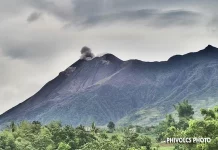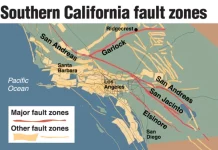When the Earth trembles, even the edge of space moves.
Researchers have known for decades that earthquakes and tsunamis send waves of air pressure to the very top of Earth’s atmosphere. Now, a new study shows that, in the ionosphere, these waves scramble GPS signals and interfere with radio communications much like solar flares do.
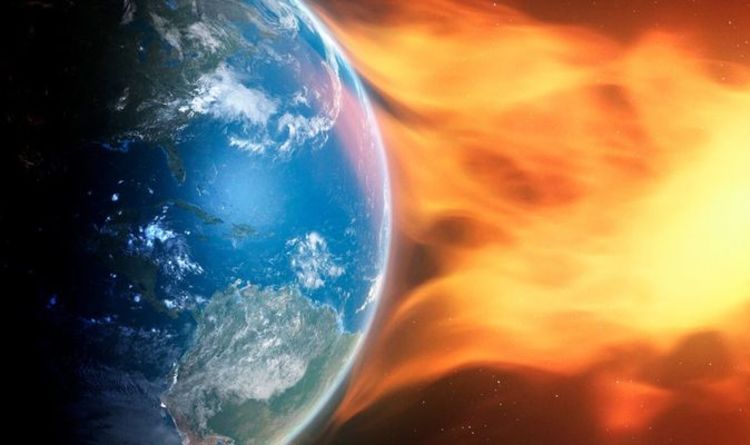
Earthquakes, it turns out, can mimic space weather. A new scientific study shows that earthquakes and tsunamis may affect the ionosphere much more than previously thought.
“On 11 March 2011, a magnitude 9.0 earthquake occurred near the east coast of Honshu, Japan, unleashing a savage tsunami as well as unprecedented ripples at the space‐atmosphere interaction region,” report the authors, led by Min-Yang Chou of the University Corporation for Atmospheric Research (UCAR) in Boulder, CO.
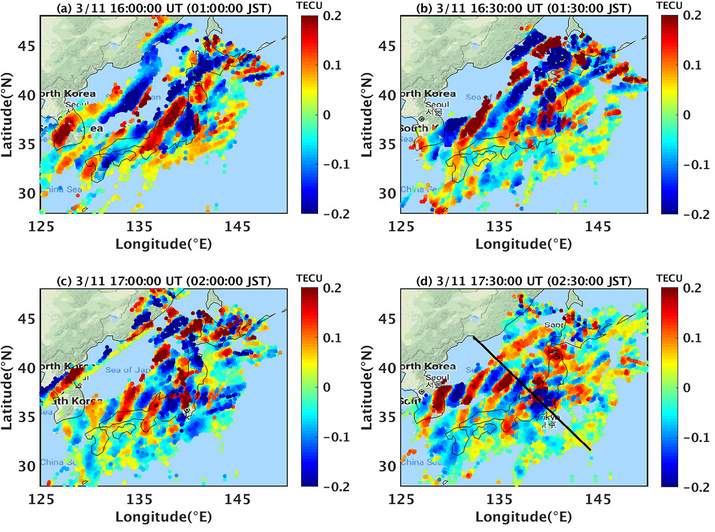
Reflected tsunamis
Using satellites and ground-based GPS receivers, Chou and colleagues took a close look at what happened to the ionosphere over Japan in the aftermath of the earthquake.
As expected, it was disturbed. Surprisingly, though, the ionospheric disturbances didn’t peter out after the initial quake and tsunami, but kept going for many more hours.
The reason? Reflected tsunamis.
“The tsunami was reflected by multiple sources such as seamounts, islands and ridges,” says Chou. “These reflections created multiple concentric tsunami wave patterns in the ocean.“
Bouncing back and forth across the Pacific, reflected tsunamis kept the ionosphere above Japan disturbed for as much as 46 hours.
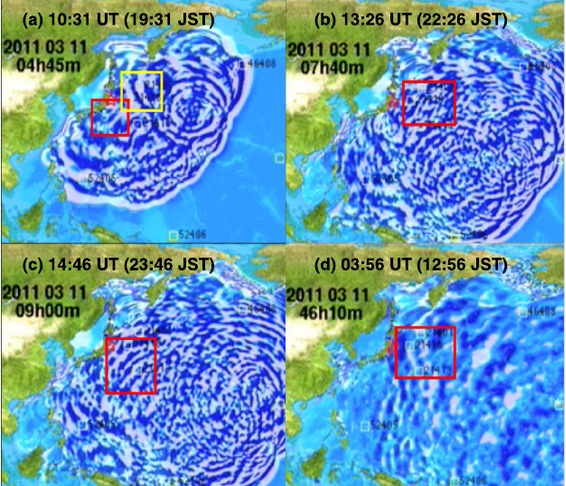
Not just solar flares
Researchers once thought that only the sun could disturb the ionosphere so much. Solar flares bathe the top of our atmosphere with ultraviolet and X-radiation, sending waves of ionization rippling through the ionosphere.
Sound familiar? Earthquakes and tsunamis have the same effect. In fact, the disturbances over Japan were akin to a series of strong X-class solar flares, Chou says.
In some ways, tsunamis are even worse. The disturbances they produce last for days and, because of reflections, can be very complicated. Reflected waves near Japan in 2011 caused chaotic nighttime “twinkling” of GPS satellite signals–enough to cause some GPS devices to completely lose lock.
As 2020 unfolds, the sun is experiencing one of the deepest Solar Minima of the past century. There are no solar flares. At a time like this, earthquakes and tsunamis rule, mimicking stormy space weather in the absence of the real thing.
Now more than ever, “understanding how natural hazards [such as tsunamis] impact our upper atmosphere and cause variations in the space environment around Earth is crucial,” says Chou.
A few days ago too, other scientists demonstrated the Earth wobbles prior major earthquakes:
More strange phenomena linking space weathers to geological events on Strange Sounds and Steve Quayle. [AGU, SpaceWeatherArchive]


